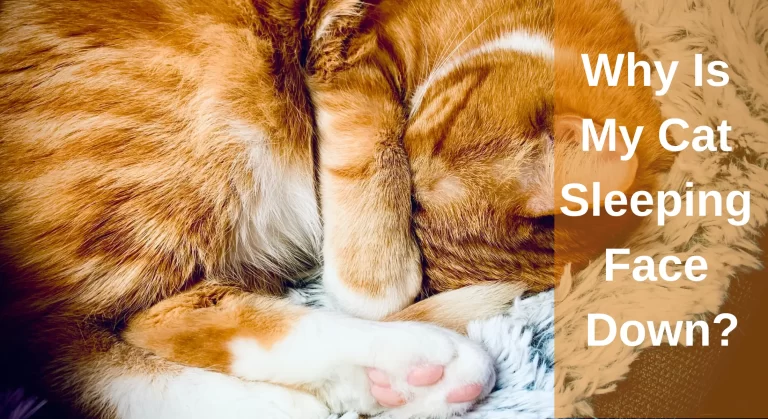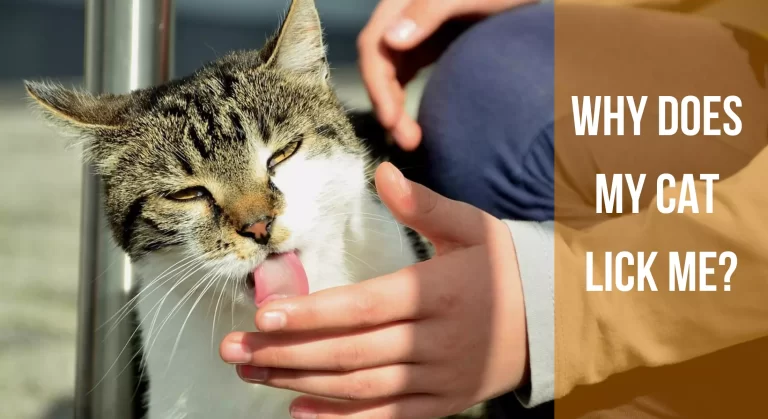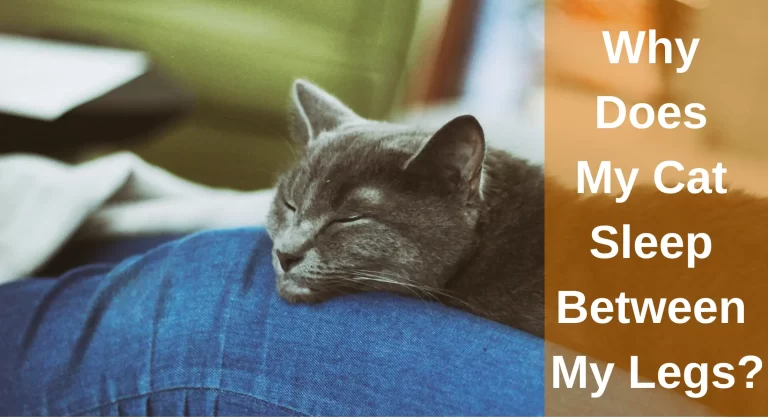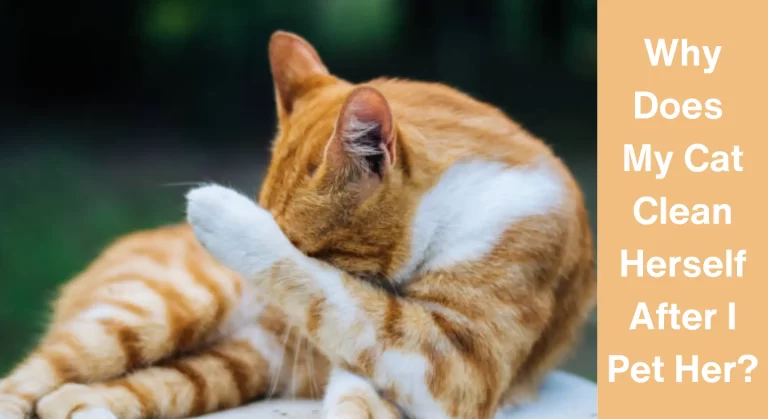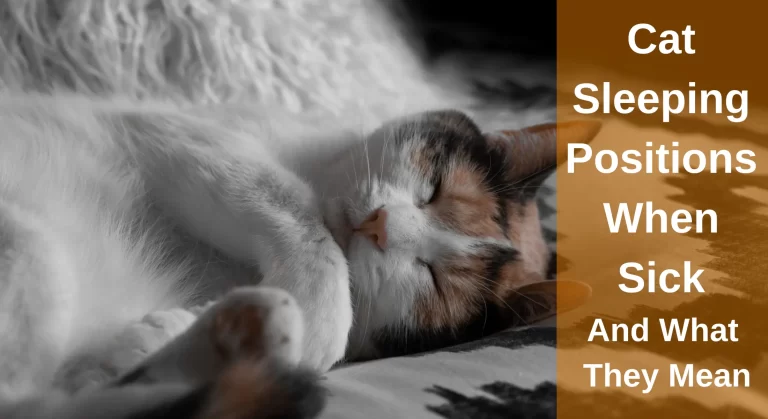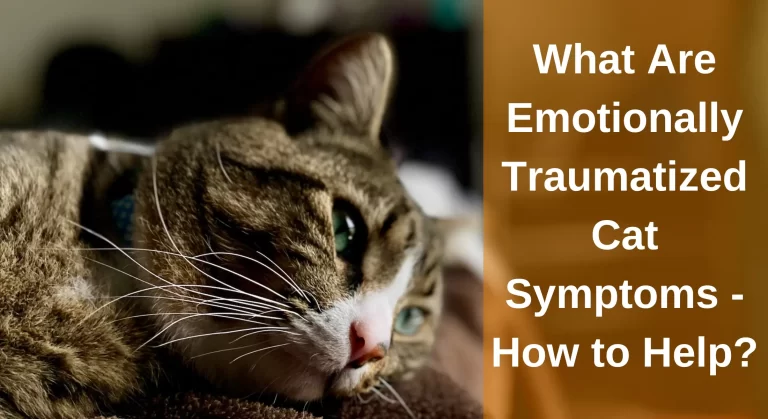The Ultimate Guide to How To Read Cat Body Language
Understanding the body language of your feline companion is crucial for responsible pet owners. Cats employ various physical signals to convey their emotions, desires, and requirements. Developing the ability to interpret your cat’s body language enables you to gain valuable insights into your beloved pet and strengthen the bond you share with them.
Cats possess a diverse range of body language cues that serve as their means of communication ranging from the subtle positioning of their ears to the swift flicker of their tail. Each movement serves as a distinct indication of a particular sentiment or intention. By deciphering these cues, you can distinguish whether your cat is experiencing happiness, relaxation, anxiety, or even aggression. This heightened comprehension empowers you to offer the appropriate care and attention required in any given circumstance.
Whether you’re a new cat owner or have cherished feline companions for years, comprehending your cat’s body language is a continuous process of learning. By closely observing their gestures and conduct, you can refine your sensitivity to their needs and further deepen your understanding of their unique character.
In this article, we will delve into some of the most prevalent body language cues employed by cats, allowing you to gain a deeper understanding of the messages your feline friend wishes to convey.
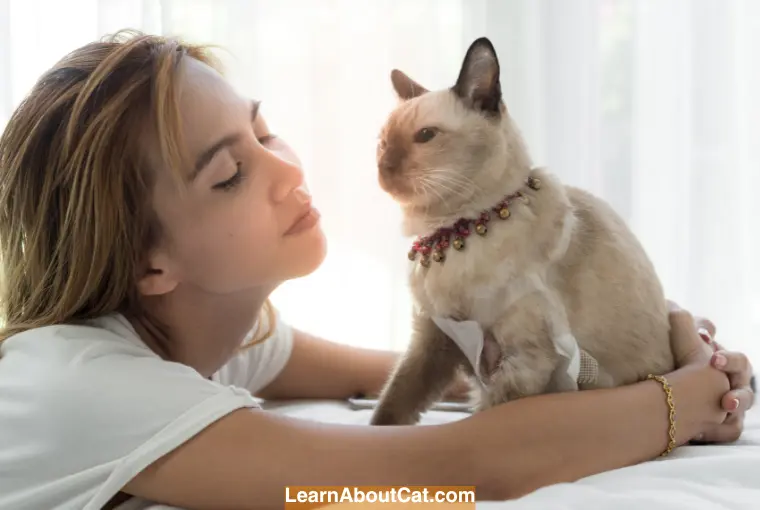
Understanding Cat Body Language
Cats are known for their mysterious and independent nature, often leaving their human counterparts puzzled about their thoughts and feelings. However, cats communicate through a complex combination of visual cues, sounds, and body movements.
The Importance of Cat Body Language
Cat body language serves as a primary means of communication for felines. By understanding their nonverbal cues, we can gauge their comfort levels, detect signs of distress, and ensure their overall well-being. It also helps us establish a strong bond with our cats and prevent miscommunications that may lead to stress or conflict.
Key Elements of Cat Body Language
Cat body language encompasses various elements, including tail position and movement, ear positions, eye contact, vocalizations, and overall body postures. Each of these aspects plays a significant role in conveying a cat’s emotions, intentions, and needs.
Prioritizing Context
While there are numerous physical cues indicating a cat’s mood, their interpretation can vary depending on the situation. When considering context, it is important to try to empathize with your cat’s perspective. People often approach cats with good intentions, only to get scratched or bitten, and subsequently label the cat as ill-tempered. What they fail to consider is how the cat might have perceived their actions.
When assessing a cat’s mood, it is essential to consider the bigger picture. All sensory inputs—sights, sounds, and smells—should be taken into account to gain the most accurate understanding of how the cat might feel. If you remain unsure, examining individual components of the cat’s body language and piecing them together can help determine their emotional state.
Check Out: Why Do Cats Loaf? Loaf Positions And Reasons
Decoding Posture and Body Position
The shape and posture of a cat’s body can provide valuable insights into its mood and level of comfort. Cats have evolved as both predators and prey, so their body language often reflects their perception of threat and their need for protection. Here are some key points to understand:
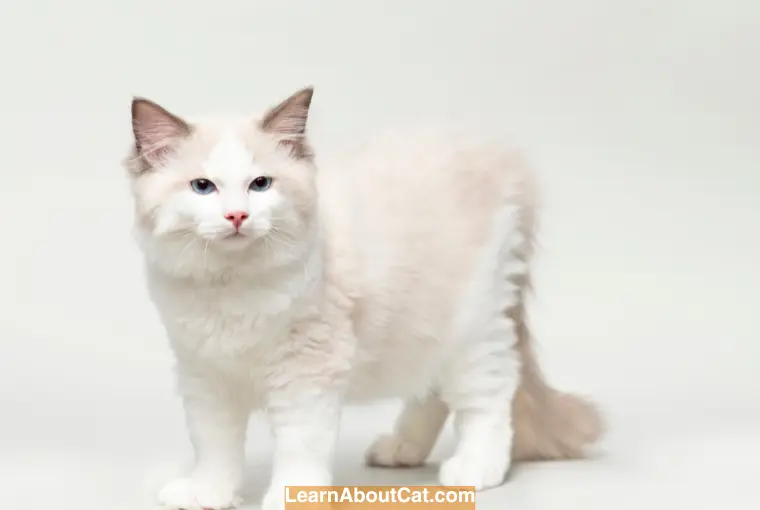
- The Tummy Display – Open Position: When a cat rolls onto its back and exposes its belly, it’s a sign of trust and vulnerability. It’s an invitation for gentle petting and a display of comfort and relaxation. While an exposed belly can indicate comfort and trust, it doesn’t always mean an invitation for a belly rub. Some cats may react defensively if their belly is touched, even if they seemed relaxed before.
- Closed Posture: Cats that adopt a closed posture are trying to protect themselves and make themselves less exposed. This can include curling up into a small shape or crouching low to the ground. A cat in pain may also assume a tense, ball-like posture. These postures suggest fear, anxiety, or discomfort.
- The Crouch: A low crouch with the body close to the ground indicates that a cat is ready to pounce or play. It’s a sign of energy and anticipation.
- The Arched Back: An arched back, with fur standing on end, is a defensive posture. It’s often accompanied by an erect tail and an attempt to appear larger to intimidate potential threats.
- The Tail Flick: A tail flicking from side to side is often a sign of agitation or annoyance. It’s a warning signal that the cat may not be in the mood for interaction and should be given space.
- Body Orientation: The direction in which a cat’s body is pointing can provide insights into its intentions. A cat standing sideways to you may feel shy and consider escape as an option. On the other hand, if a cat is facing you directly, it might be interested and receptive to interaction.
Remember that no single sign of body language is guaranteed, and it’s crucial to consider the overall context and the individual cat’s personality. Observing a cat’s posture, tail, ears, eyes, whiskers, and vocalizations together can provide a more accurate understanding of its mood and intentions.
Find Out: How To Tell If A Cat Is Pregnant? Signs, Symptoms, All You Need To Know
Understanding Cat Body Language Signals
To decipher a cat’s body language effectively, it’s essential to familiarize yourself with the most common signals they use to express themselves. Here are some key indicators to look out for:
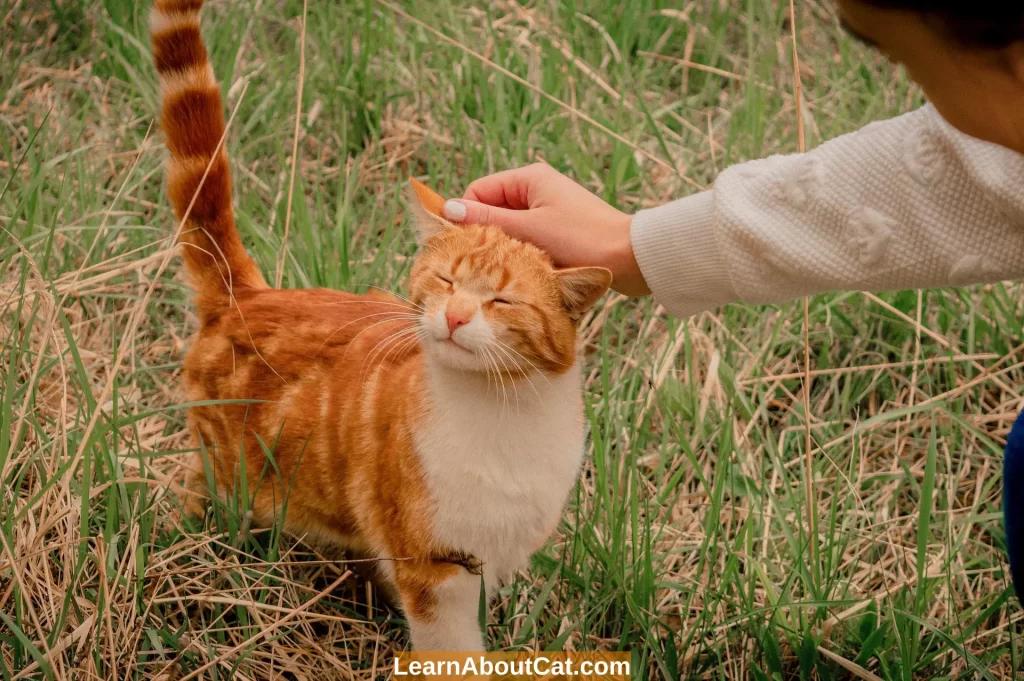
Reading Facial Expressions
A cat’s facial expressions provide valuable insights into their emotional state. Understanding these expressions can help you gauge their comfort levels and respond accordingly. Here are some key facial expressions to watch for:
- Contentment and Relaxation: A relaxed cat will have soft, half-closed eyes, a slightly open mouth, and a calm expression. Their facial muscles will appear relaxed, and their whiskers will be in a natural position. When your cat is happy, it may seem weary or relaxed. Instead of spinning and staring about, their muscles are relaxed, and they will keep their heads still. They may cuddle or touch you.
- Fear and Anxiety: A fearful or anxious cat may exhibit wide eyes with dilated pupils. Their ears may be flattened against their head, and their whiskers may be pulled back. They may also have a tense or strained facial expression.
- Aggression and Threat: An aggressive or threatened cat may have fully dilated pupils, narrowed eyes, and ears positioned backward or flattened against the head. Their facial muscles may appear tense, and they may bare their teeth or hiss.
- Playfulness and Excitement: During moments of playfulness and excitement, a cat’s eyes may be wide open with dilated pupils. Their ears may be forward-facing, and they may have a playful expression with their mouth slightly open.
Interpreting Tail Language
A cat’s tail movements can convey a wealth of information about its emotions and intentions. Here are some common tail positions and their meanings:
- Vertical Tail: A high, vertically held tail indicates a confident and content cat. It’s a sign of a friendly and approachable mood.
- Tucked and Swishing Tail – Low Tail: A tail held low or tucked between the legs suggests fear, anxiety, or submission. It’s a defensive posture indicating that the cat is not feeling comfortable. If your cat is lying down and wagging its tail, it is suffering from fever or pain.
- Puffed-up Tail: When a cat’s tail is puffed up, it is an attempt to appear larger and more intimidating. It’s usually a defensive posture displayed when the cat feels threatened or scared.
- Tail Quivering: A quivering tail, especially at the base, can indicate excitement or anticipation. It’s often seen when a cat is in a playful or hunting mood.
- Tail Flicking: Flicking of the tail can indicate agitation, frustration, or alertness. It’s a way for cats to communicate their unease or that they are focused on something.
- Swing Back and Forth: When a cat stretches its tail high and swings it back and forth, it’s a friendly greeting gesture, inviting interaction. This behavior is accompanied by head rubbing and signifies a non-threatening attitude. Cats employ their tails as a visual signal to express sociability and welcome other cats. It’s their way of saying “hello” and expressing their friendly intentions to other cats in their environment.
- Twitching of Their Tail in Sleeping: When cats are asleep and you interact with them by petting or talking to them, they may twitch their tail. This tail movement is a form of communication in cat language. It indicates that they are aware of your presence and acknowledge your interaction, even while they are sleeping. The twitching of their tail serves as a subtle response to the stimulation they receive, showing their engagement with you.
Interesting Reading: Why Do Cats Thump Their Tails When Lying Down?
Interpreting Ears Position Movement
The position and movement of a cat’s ears can reveal a lot about its mood.
- Forward Ears: Ears pointed forward indicate a relaxed and engaged cat. It signals a sense of confidence and comfort.
- Ears Turned Back: When a cat’s ears are flattened against the head, it usually indicates fear, anger, or aggression. It’s a defensive posture that signals the cat’s readiness to protect itself.
- Sideways Ears: Ears positioned sideways can indicate uncertainty or wariness. It’s a way for cats to gather more auditory information from different directions before making a decision.
Discover: Do Cats Protect Their Owners? Signs of Protective And Overprotective Cats
Recognizing Social Signals, Eye Contact, Dilated Pupils
Cats also use body language to communicate with owners and other cats and animals. Here are some common social signals that cats use:
- Slow Blinking: A cat that blinks slowly at you is expressing trust, comfort, and relaxation. It’s a friendly gesture that indicates they feel safe in your presence. You can respond with a slow blink to reinforce the bond.
- Dilated Pupils: Dilated pupils can indicate various emotions depending on the context. While they can be a sign of excitement during play, they can also indicate fear, stress, or arousal. Consider the overall body language and situation to interpret the meaning.
- Nose-to-Nose Greetings: When two cats meet, they often engage in a nose-to-nose greeting. This behavior is a friendly acknowledgment and a way to exchange scents and information.
- The Head butting: A gentle head-butting from a cat is a friendly gesture. It’s a way for cats to show affection and mark their territory with their scent glands.
Interpreting Whiskers Movement
Whiskers can provide some additional clues about a cat’s mood and awareness:
- Relaxed Whiskers: When a cat is calm and content, its whiskers are usually positioned naturally outward.
- Whiskers Pulled Back: If a cat pulls its whiskers tightly against its face, it’s often a sign of fear, anxiety, or discomfort.
Understanding Vocalizations
Cats use vocalizations to communicate with humans and other animals. Here are some common vocalizations and their meanings:
- Purring: Purring usually indicates contentment and relaxation, but it can also occur when a cat is in pain or stressed.
- Growling and Hissing: These vocalizations serve as warning signs when a cat feels threatened or agitated. They indicate that the cat is ready to defend itself if necessary.
- Meowing: Cats meow for various reasons, including seeking attention, expressing hunger, or signaling discomfort. The meaning of meowing depends on the context and the individual cat.
- Chattering and Chirping: Chattering and chirping are unique vocalizations that cats make when they observe prey, such as birds or squirrels. It’s an instinctual response and a sign of excitement.
Also Read: Why Does My Pregnant Cat Keeps Meowing? Reasons You Should Know
Body Language in Different Contexts
A cat’s body language can vary depending on the context or situation. Here are some examples of how body language may differ in different scenarios:
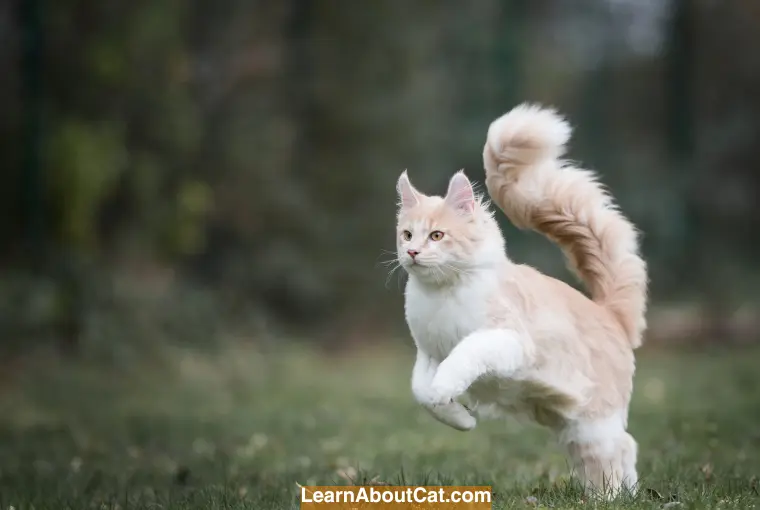
Body Language During Feeding
When a cat is focused on food, their body language may show single-mindedness and concentration. They may crouch low, with their eyes fixed on the food bowl, and their tail may sway gently.
Body Language During Grooming
Cats display relaxed body language while grooming. They may stretch out comfortably, lick themselves leisurely, and even close their eyes in contentment.
Body Language When Meeting New Cats
When cats encounter unfamiliar cats, their body language may indicate caution or defensiveness. They may arch their backs, flatten their ears, and puff up their tails to appear larger.
Also, Check Out: Why Is My Cat Sleeping More Than Usual? [Top Reasons]
Cat Body Language During Playtime
During playtime, a cat’s body language can provide valuable insights into its level of engagement, excitement, and comfort. Here are some key points to understand cat body language during play:
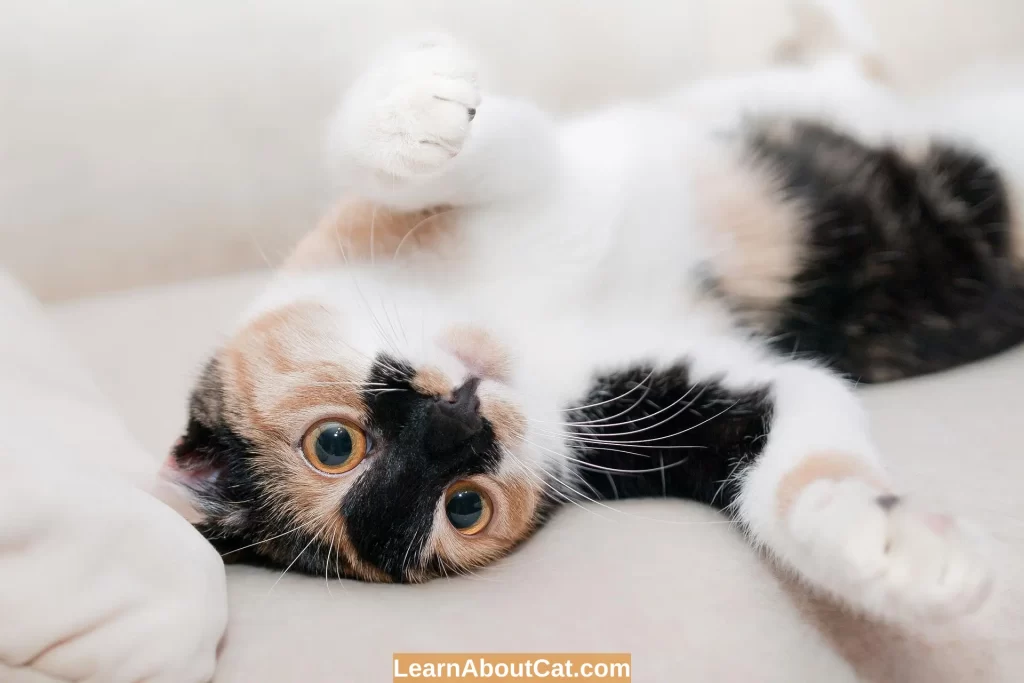
Ears:
- Ears forward and slightly tilted: Indicates attentiveness and focus on the play activity.
- Ears flattened against the head: Can signify fear, aggression, or discomfort.
Eyes:
- Dilated pupils: Suggests heightened excitement and arousal during play.
- Half-closed eyes: Signifies relaxation and contentment while enjoying playtime.
Tail:
- Tail held high and wagging gently: Indicates enthusiasm and excitement during play. A young cat or kitten may occasionally chase its tail.
- Puffed-up tail: May indicate aggression or fear, especially if accompanied by other aggressive body language cues.
Body:
- Relaxed body posture: Indicates comfort and enjoyment during play.
- Crouched or lowered body posture: Suggests readiness for pouncing and intense play.
- Arched back and raised fur: Can signal aggression or overstimulation during play.
- Stiff or rigid body: This may indicate discomfort, fear, or stress during play.
- Quick and agile movements: Reflects the cat’s agility and engagement in the play session.
Contented Cat Body Language
When a cat is contented and happy, instead of spinning and staring about, their muscles are relaxed, and it will keep their heads still. They may cuddle or touch you. Their body language reflects their positive emotions. Here are some key points to observe regarding cat body language when they are feeling content and happy:

Ears:
- Ears in a neutral position or slightly forward: Indicates a relaxed and content state. They won’t be angled back or flattened to the skull.
- Ears may move slightly to different sounds or stimuli, showing curiosity and engagement.
Eyes:
- Half-closed or slow blinking: Indicates relaxation and trust, often referred to as “kitty kisses.”
- Bright and alert eyes: Suggests a happy and attentive state.
Tail:
- Tail held upright or in a relaxed position: Demonstrates confidence and contentment.
- Soft tail movements or gentle swaying: Reflects a calm and content state.
Body:
- Relaxed body posture: Indicates comfort and a sense of security.
- Soft, loose muscles: Show a relaxed and content state.
- Curled up or stretched out comfortably: Demonstrates a relaxed and content mood.
- Playfulness and engaging in joyful activities: Jumping, rolling, or chasing toys.
Cat Body Language During Illness
When a cat is ill, their body language can provide valuable clues about their discomfort. Here are some key points to observe regarding cat body language during illness:
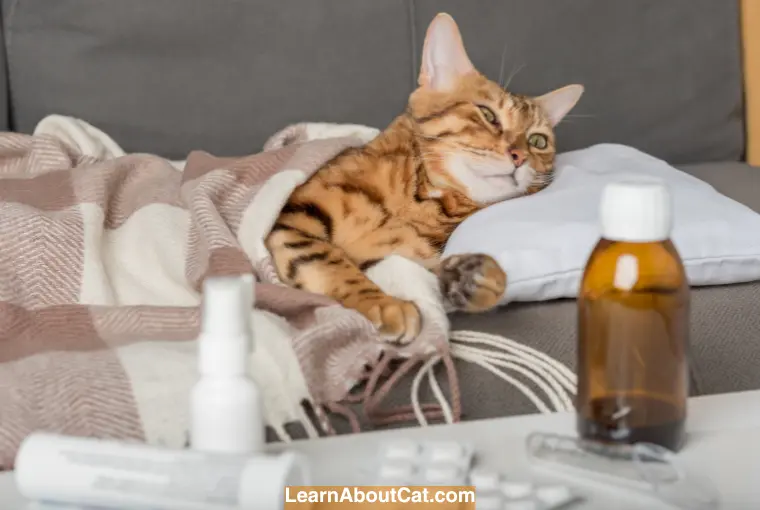
Ears:
- Ears flattened against the head: Can indicate pain, discomfort, or illness.
- Ears twitching or shaking: May suggest discomfort or irritation.
Eyes:
- Dull or cloudy eyes: This can be a sign of illness or discomfort.
- Squinting or excessive blinking: This may indicate pain or discomfort.
- Watery or discharge from the eyes: This could indicate an underlying health issue.
Tail:
- Low-hanging or tucked tail: Suggests pain, discomfort, or illness.
- Limp or limpness in the tail: This can indicate weakness or lack of energy.
Body:
- Hunched posture or crouching: Indicates pain or discomfort.
- Restlessness or inability to find a comfortable position: This can be a sign of illness or pain.
- Decreased mobility or reluctance to move: Indicates potential discomfort or weakness.
- Lethargy or lack of energy: A significant decrease in activity levels may signify illness.
It’s important to remember that these signs can vary depending on the specific illness or condition. If you notice any of these body language cues or suspect that your cat is unwell, it is crucial to seek veterinary attention.
Check Out: Cat Sleeping Positions When Sick: A Guide to Understanding Their Meanings
An Anxious Cat Body Language
When a cat is feeling anxious or stressed, their body language can reveal their emotional state. Here are some key points to observe regarding cat body language when they are anxious:
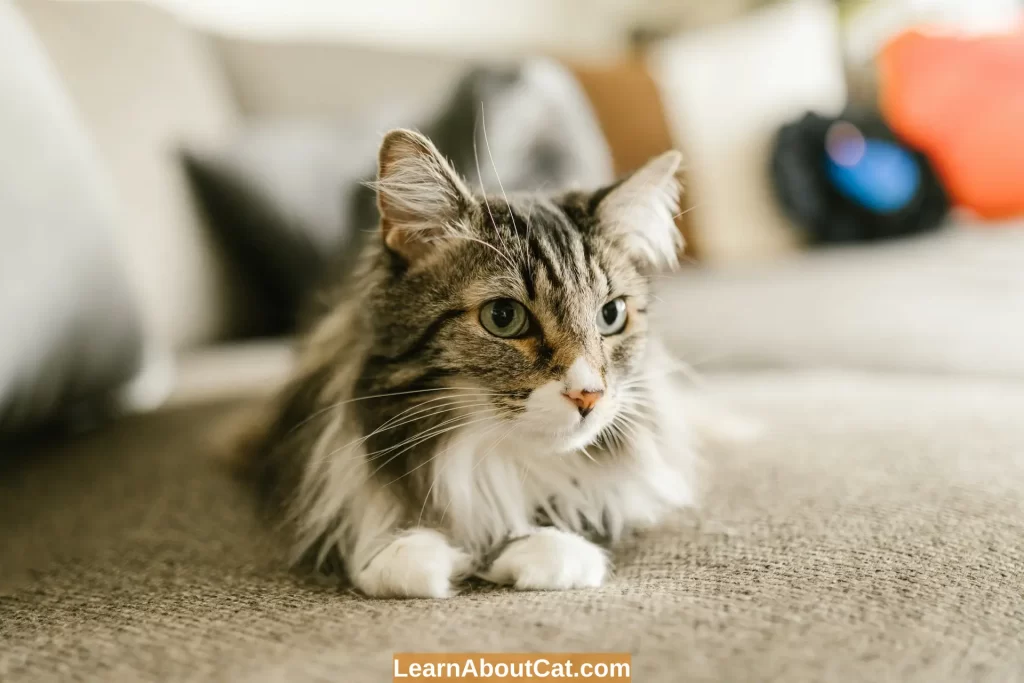
Ears:
- Ears flattened against the head or pulled back: Indicates fear, anxiety, or discomfort.
- Ears twitching or moving rapidly: Suggests heightened alertness or uneasiness.
Eyes:
- Wide-open eyes with dilated pupils: Signifies fear or heightened arousal.
- Avoiding eye contact or darting glances: This can indicate anxiety or a desire to escape.
Tail:
- Low-hanging or tucked tail: Indicates fear, stress, or submission.
- Rapid or aggressive tail movements: May suggest agitation or heightened arousal.
Body:
- Hunched or lowered body posture: Demonstrates fear, submissiveness, or an attempt to appear smaller.
- Trembling or shivering: Indicates nervousness or extreme anxiety.
- Restlessness or pacing: Suggests a state of unease or discomfort.
- Excessive grooming or licking: This can be a self-soothing behavior caused by anxiety.
It’s important to note that anxiety in cats can be triggered by various factors, including environmental changes, social interactions, or medical conditions. If you observe these body language cues indicating anxiety in your cat, it’s crucial to create a calm and safe environment for them. Providing hiding spots, minimizing stressors, and offering gentle reassurance can help alleviate their anxiety. If the anxiety persists or intensifies, consulting a veterinarian or an animal behaviorist is recommended for further guidance and support.
Tips for Interpreting Cat Body Language
Here are some helpful tips for accurately interpreting cat body language:
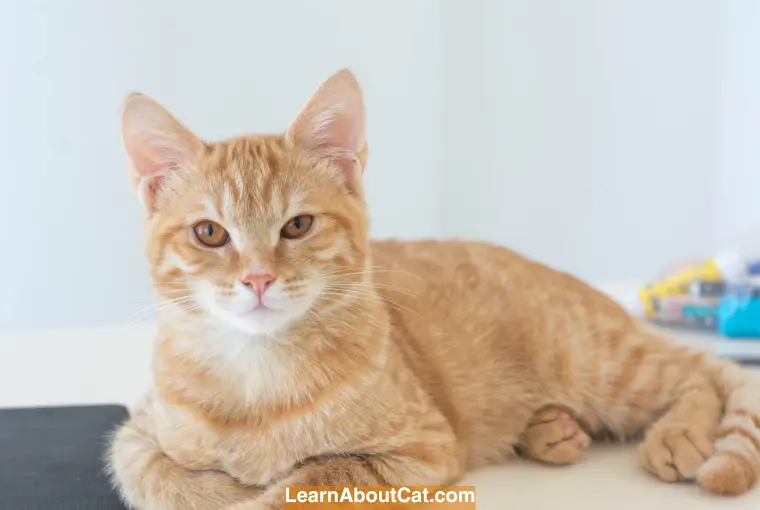
Observe Your Cat’s Overall Body Posture
Take note of your cat’s overall posture and body position. Pay attention to any changes in their stance, as it can indicate shifts in their mood or comfort level.
Pay Attention to Specific Body Parts
Focus on specific body parts, such as the tail, ears, and eyes, to get a better understanding of your cat’s emotional state. These areas often provide subtle but crucial clues.
Consider the Context and Environment
Remember that cat body language is influenced by the context and environment. Take into account the surroundings, other animals, or any recent changes that may be impacting your cat’s behavior.
Take Into Account the Cat’s Previous Experiences
Consider your cat’s past experiences and personality when interpreting their body language. Cats may have individual preferences and triggers that can influence their responses.
Frequently Asked Questions
Cat Trilling: What Is It And What Does It Mean?
Cat trilling is a melodic and high-pitched vocalization that resembles a combination of a purr and a meow. It is a unique form of communication displayed by cats to express happiness, excitement, and anticipation. And it is often used by mother cats to communicate with their kittens. Cats may trill to their owners as a way of greeting and showing affection.
What should I do if my cat displays signs of aggression?
If your cat shows signs of aggression, it’s essential to handle the situation carefully. Avoid approaching or cornering the cat, as it may escalate the aggression. Give the cat space and time to calm down. Identifying the trigger for the aggression and removing it can help prevent future incidents. If the aggression persists or becomes a safety concern, consult a veterinarian or animal behaviorist for guidance.
Why do cats purr?
Cats purr for various reasons, and it’s not always limited to expressing happiness. While purring is commonly associated with contentment, cats may also purr when they are anxious, in pain, or seeking attention. It’s a multifaceted behavior that can serve as a self-soothing mechanism or a way to communicate their needs to their human companions.
How can I build trust with my new rescue cat?
Building trust with a new rescue cat requires patience and understanding. Start by creating a safe and comfortable environment for the cat, providing them with a quiet space where they can retreat. Allow them to approach you at their own pace, using positive reinforcement such as treats and gentle petting to establish a positive association. Spend time engaging in interactive play and gradually increase social interactions as the cat becomes more comfortable. Seek advice from a veterinarian or animal behaviorist for specific guidance tailored to your cat’s needs.
What does it mean when a cat rubs its head against me?
When a cat rubs its head against you, it’s a friendly gesture and a sign of affection. Cats have scent glands on their heads, and they use this behavior to mark you with their scent and show familiarity.
Conclusion
Cats are known for their mysterious and independent nature, often leaving their human counterparts puzzled about their thoughts and feelings. However, cats communicate through a complex combination of visual cues, sounds, and body movements. Decoding their body language allows us to better understand their emotional states and cater to their needs.
Usually, it takes time to get to know your cat’s personality and physical signs. Because each cat is different, it’s not an exact science. When getting to know your cat, be cautious and patient; they’re probably having just as much difficulty comprehending you. You’ll be able to interpret their body language signs more clearly with time, effort, and patience, and then you’ll be able to create a happier relationship with your cat.
Related Posts:
- Why Do Cats Cover Their Faces When They Sleep? Reasons You Should Know
- How to Stop My Cat From Bullying My other Cat? [Causes And Solutions]
- Why Does My Cat Bite Me? And How To Stop It
- Why Does My Cat Drool When I Pet Him? All You Need To Know
- My Cat is Not Eating Much But Acting Normal Why? All You Need To Know
Who is Isabella?
My name is Isabella, and I am a dedicated and knowledgeable cat enthusiast. With years of experience caring for cats and a deep love for felines, I made a mission to help other cat lovers navigate the challenges of cat ownership.

